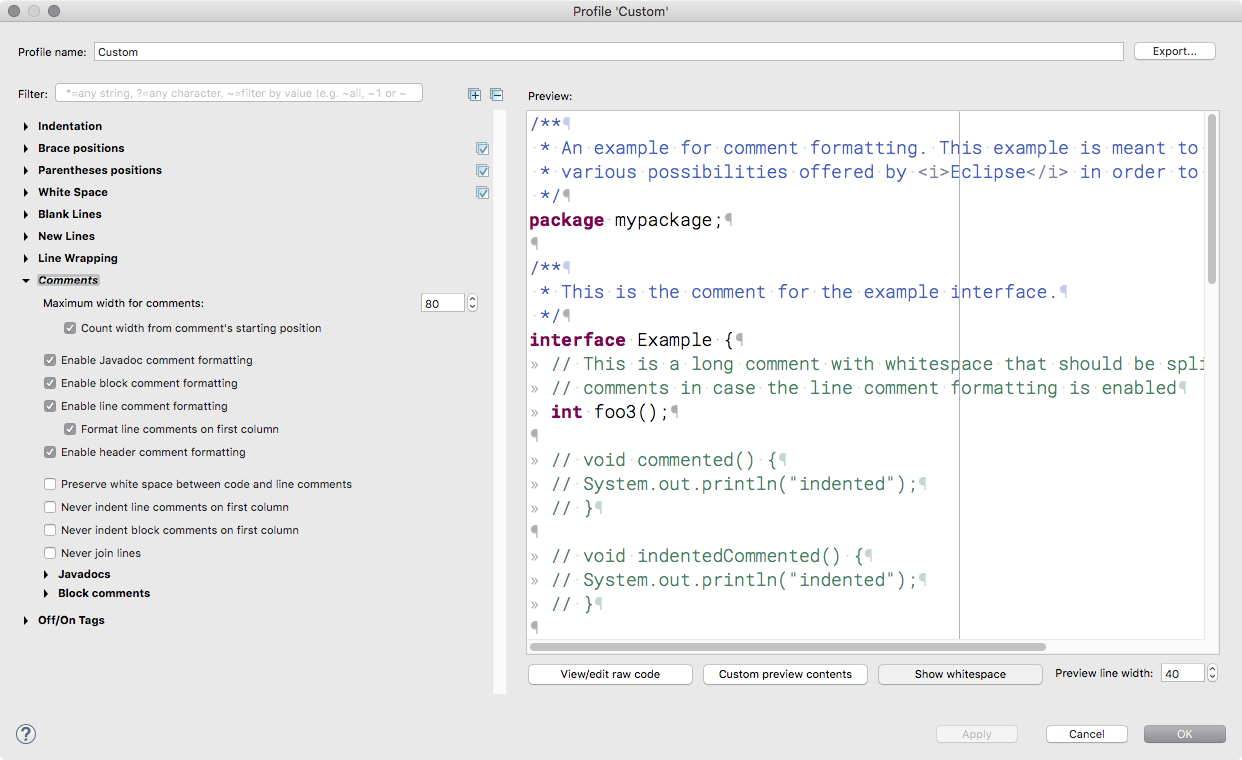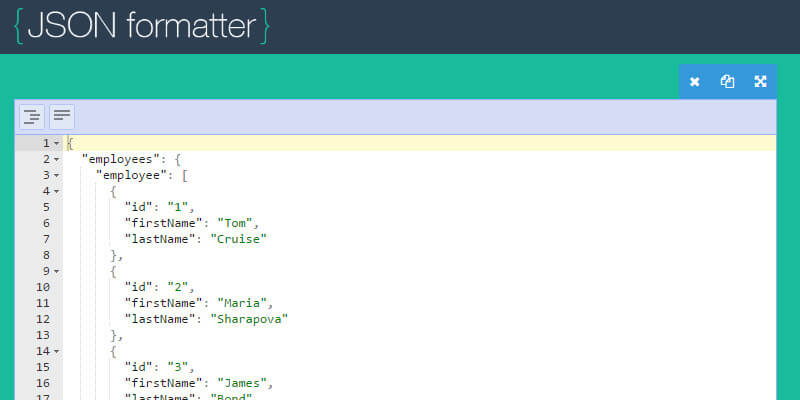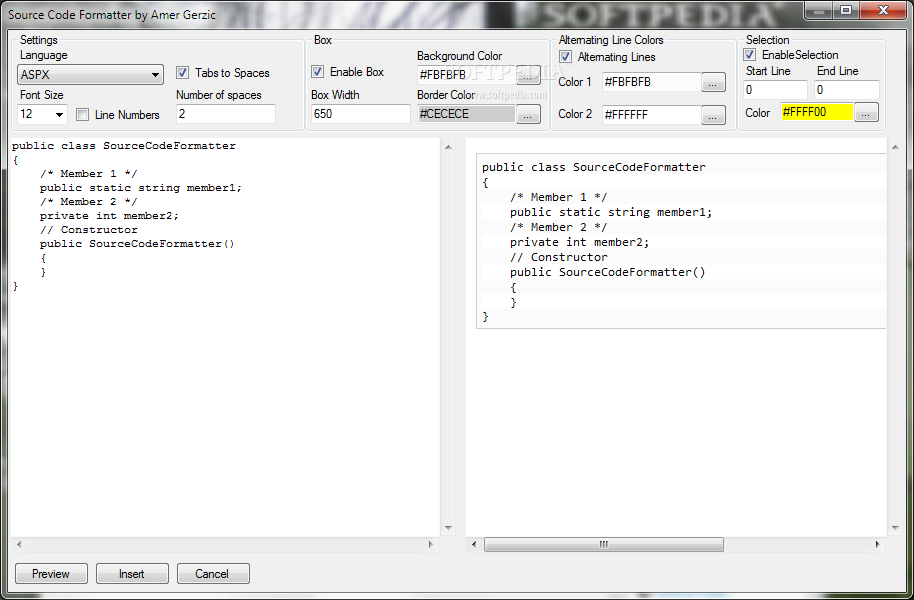

The format() function returns a formatted representation of the given value as per the format specifier. This format is discussed in a detailed manner in the examples section below ("Example 1: Number formatting with format()" and "Example 2: Number formatting with fill, align, sign, width, precision, and type").


#Python code formatter online full#
Width: Specifies the full width of the return value. "0": This specifies that the output should be sign aware and padded with 0's for consistent output. For example, hexadecimal numbers should have a "0x" prefix added to them. "#": This specifies that the return value should have a type indication for numbers. " " (space): Positive numbers are preceded by a space, and negative numbers are preceded by a "-" sign. "+": Positive numbers have a "+" sign, and negative numbers have a "-" sign. Sign: This determines the use of signs for the output. "": right-alignment specifier "^": center-alignment specifier "=": justified specifier It is also called a padding character.Īlign: It is an option to specify the alignment of the output string. It is a character that fills up the empty spaces after formatting. Here's an overview of what the various specifiers mean: The format() is a built-in function in Python that converts a value into the required format/representation (shown in the example below).Īt first glance, this may look very intimidating, but this is not as hard as it looks. Though there are many ways to convert decimal numbers into these formats, the format() function comes in handy here. Let us assume, for instance, that you are given some numbers in decimal format and have to convert them into binary, octal, and hexadecimal numbers. Introduction to format() function in Python
#Python code formatter online how to#
In this article, we'll learn how to format data in Python.There are two types of format functions in Python, one is the format() function which is used to convert a value to a formatted representation, and the other is the str.format() method used to insert variables in a string without having to concatenate different strings. In Python, we use the format() functions to format our data. Format is the arrangement and representation of something.


 0 kommentar(er)
0 kommentar(er)
